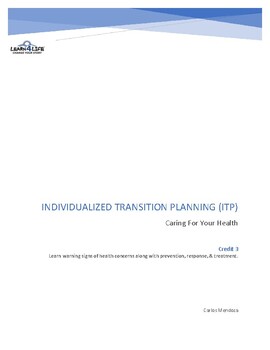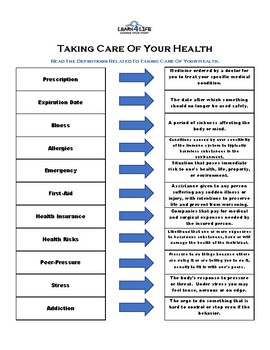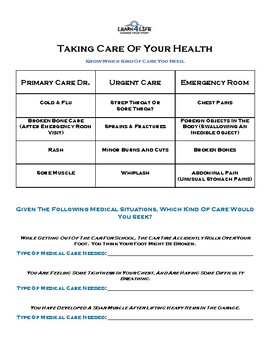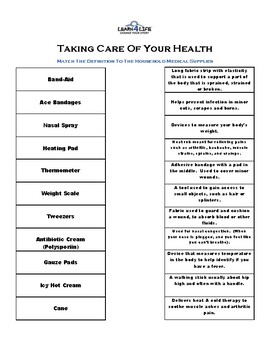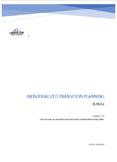Independent Living Skills (ITP) - Caring For Your Health
- PDF
Also included in
- This course is designed in an effort to prepare students with Individualized Education Plans (IEP) for post-secondary independent living. The purpose of transition planning is to help prepare students to be independent young adults. This course will introduce and discuss essential independent livinPrice $55.00Original Price $55.00
Description
This course is designed in an effort to prepare students with Individualized Education Plans (IEP) for post-secondary independent living. The purpose of transition planning is to help prepare students to be independent young adults. This course will introduce and discuss essential independent living skills necessary for students to be successful as they transition into post-secondary living. Transition planning is a formal process within the IEP. It is required by the Individuals with Disabilities Education Act (IDEA).
Students will learn to distinguish different types of medical care. Students will rate health concerns according to their urgency. Students will learn how to read a prescription drug label. Students will associate over-the-counter medications with health concerns. Students will learn how to respond to emergency situations.

